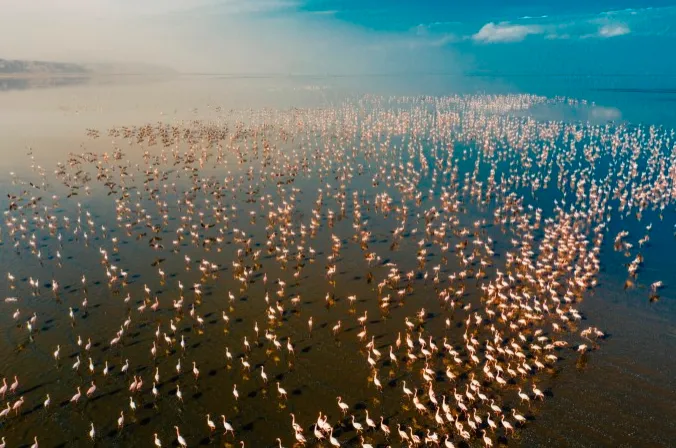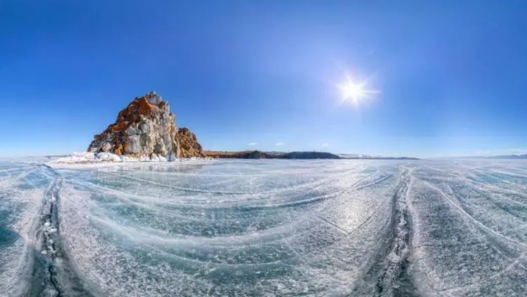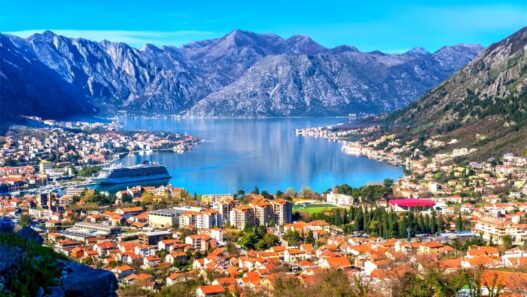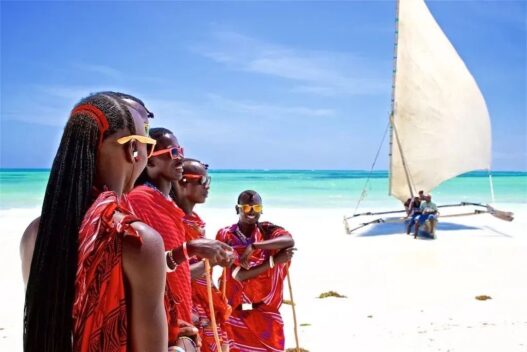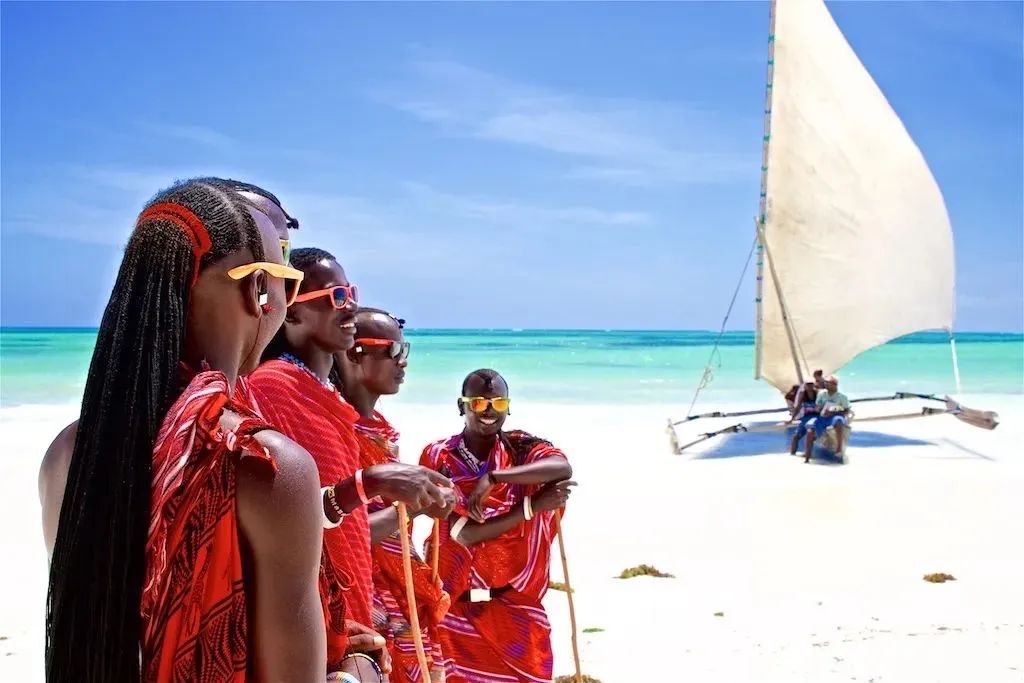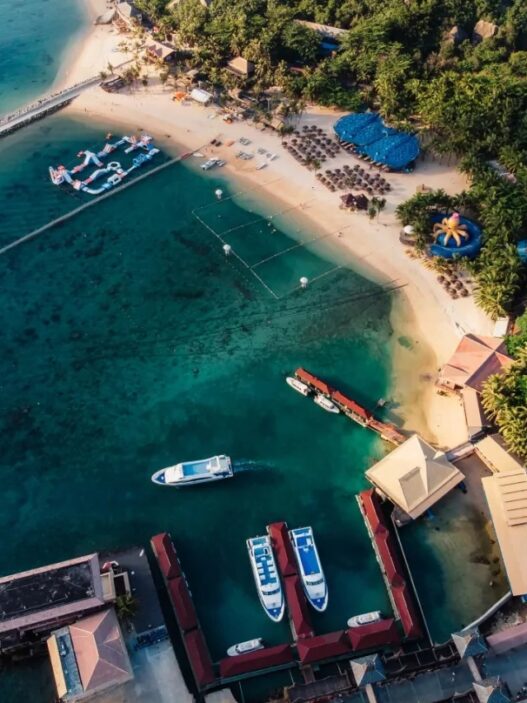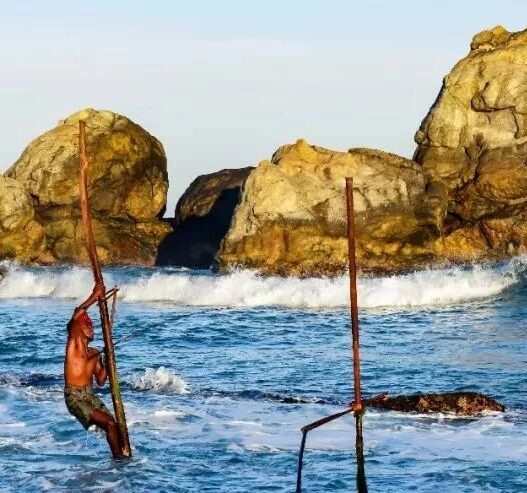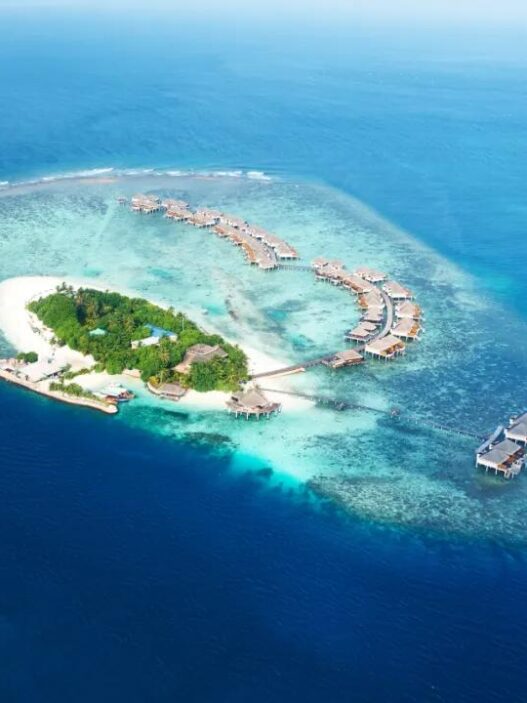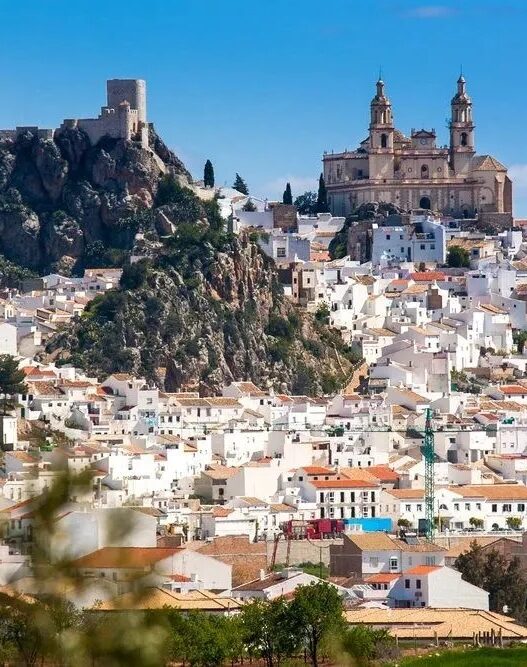Tanzania is famous for its wildlife migration, but there’s so much more to explore. From iconic national parks to hidden adventures, here’s a glimpse of what you might not know.
Serengeti National Park
Once called the “Land of the Maasai,” the Serengeti is Tanzania’s third-largest national park and a year-round destination. The best time to visit depends on what you want to see: calf births in the spring, river crossings during the summer and fall, and exciting predator and migration scenes throughout the year. A hot air balloon ride over the Serengeti is an unforgettable experience!
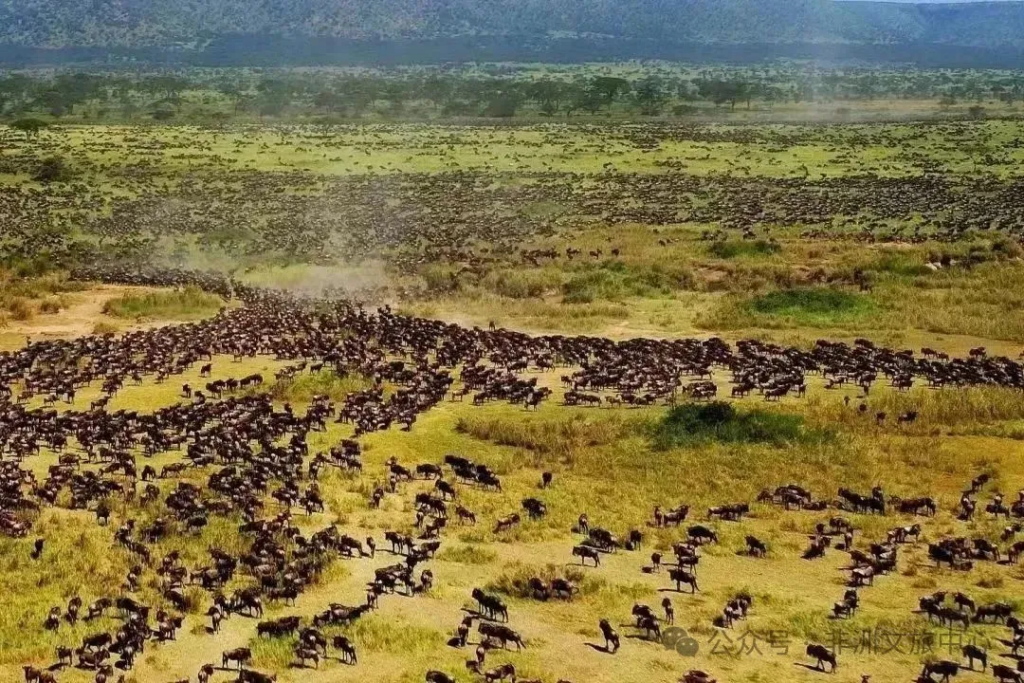
The Serengeti is a vast, treeless plain home to millions of animals who roam in search of fresh grass.
What to do: Go on a game drive to spot the “Big Five” or take a hot air balloon for breathtaking aerial views. Set up camp by the Mara River and witness one of nature’s greatest spectacles — the Great Migration.
Zanzibar Island
Zanzibar is Tanzania’s idyllic getaway, often referred to as “the Spice Island.” The warm sea breeze and the tranquil sound of the Indian Ocean greet you as you step out of your beachside resort. The island’s beaches are wide, with soft, fine sand, while the water ranges from emerald green to deep blue, offering an irresistible contrast.

The Stone Town, Zanzibar’s old city, is a UNESCO World Heritage site. The architecture, primarily made from coral stone, keeps the heat out and provides a cool atmosphere. The island reflects a blend of cultures, with influences from Arab, Iranian, and Indian cultures, all visible in the vibrant streets and the traditional attire.
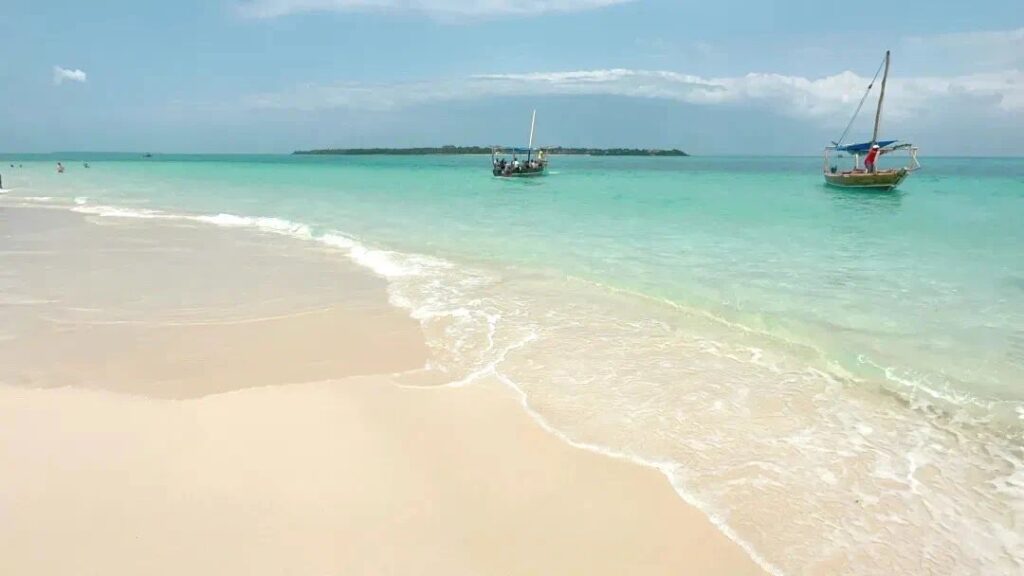
Mount Kilimanjaro
Standing at 5,895 meters (19,341 feet), Mount Kilimanjaro is the highest peak in Africa and one of the “Seven Summits.” It’s also the most accessible high mountain in the world, offering climbers the chance to summit without requiring technical skills.
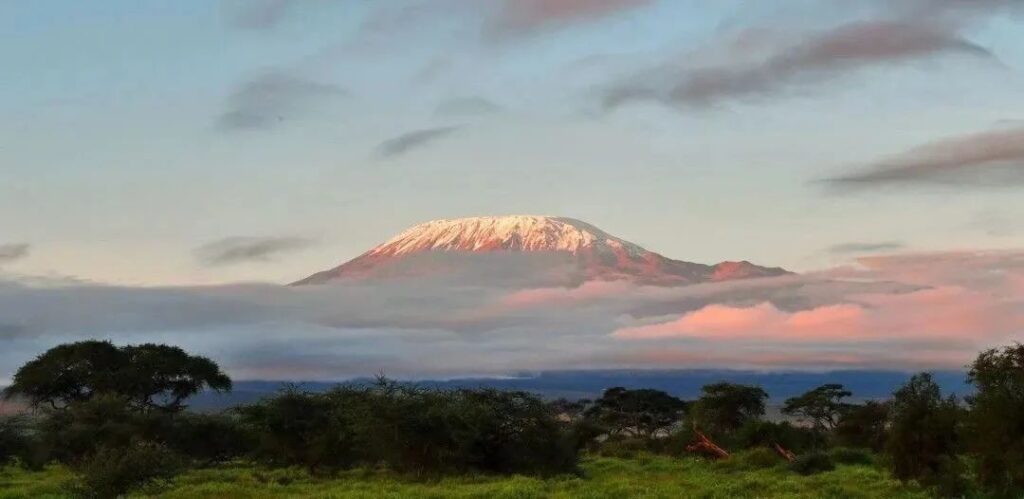
Kilimanjaro’s landscapes range from tropical rainforests to alpine meadows and snow-capped peaks. The mountain is home to a diverse range of wildlife, including buffalo, leopards, monkeys, and antelopes. However, its iconic snow-capped summit is rapidly disappearing. Experts predict that the snow will be gone within the next decade. If you’ve ever dreamed of climbing this majestic peak, now’s the time!
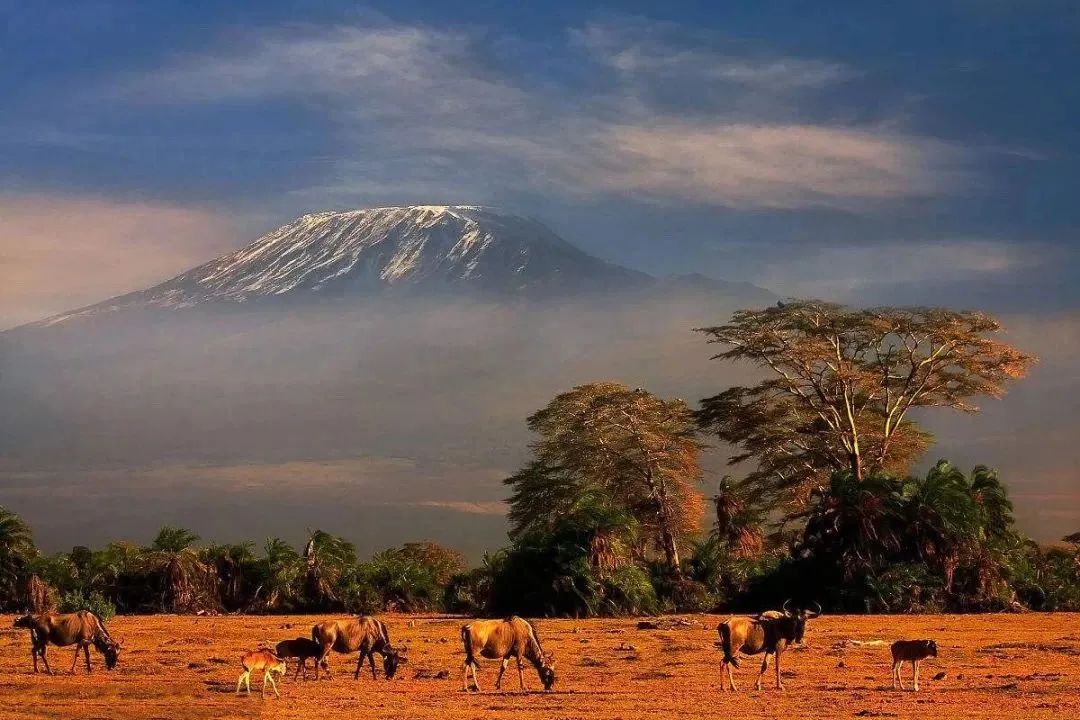
Arusha
Arusha is a small, international town and the gateway to Tanzania’s northern safari circuit. It’s a hub for wildlife tracking, with several national parks nearby, including Arusha National Park. This park is small but packed with wildlife and unique features, like Mount Meru, which is the second-highest volcano in Tanzania. From clear days, you can see the dramatic peak of Mount Meru towering over the park.
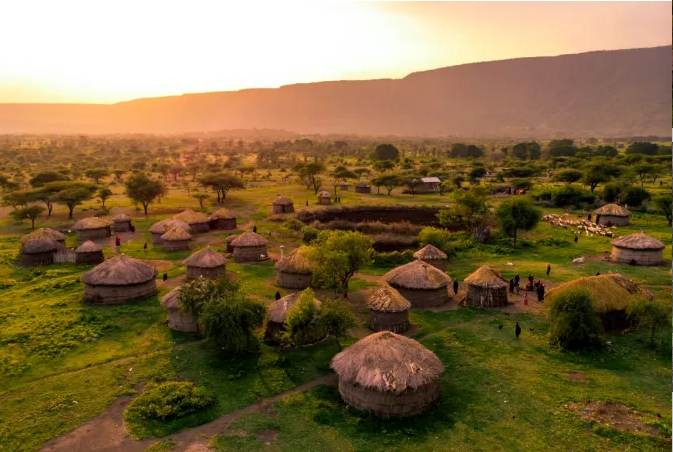
Arusha is also home to a variety of animals, including leopards and hyenas. Its lush forests are also home to the rare black-and-white colobus monkeys. Birdwatchers will find plenty to marvel at, with over 400 species of birds in the area.
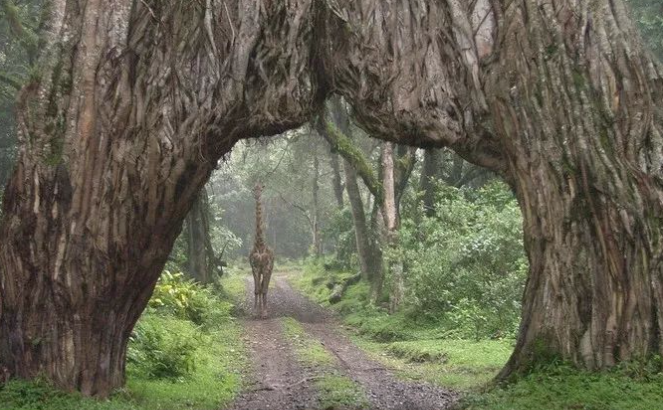
Ngorongoro Crater
The Ngorongoro Crater, a UNESCO World Heritage site, is the largest unbroken caldera in the world. Often referred to as the “Eden of Africa,” the crater is a lush sanctuary where wildlife roams freely. This ancient volcano has been dormant for over two million years, and its rich ecosystem supports thousands of species.
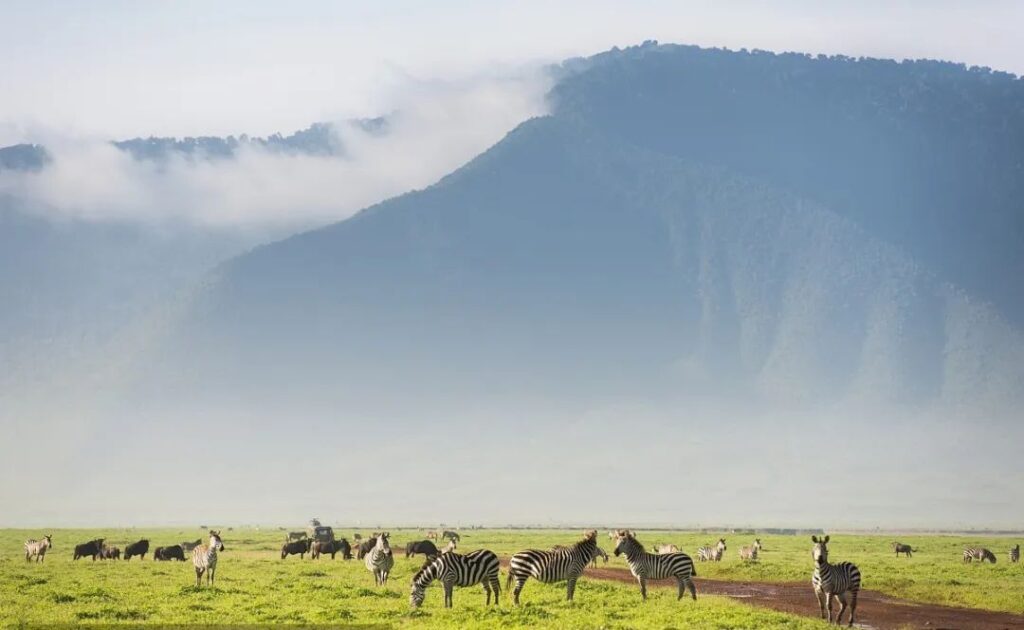
The Ngorongoro Crater is a year-round safari paradise. It’s a stunning place to see the “Big Five” — lions, leopards, rhinos, elephants, and buffalo — in their natural habitat.
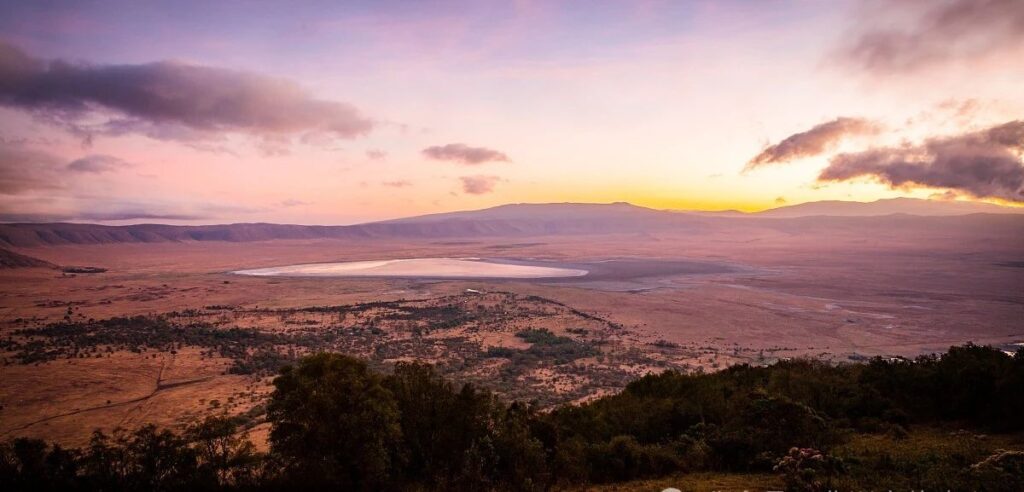
Tarangire National Park
Tarangire National Park, one of Tanzania’s hidden gems, covers over 2,600 square kilometers. The park is named after the Tarangire River, the lifeline for animals during the dry season. The river attracts large herds of elephants, as well as other wildlife like zebras and giraffes. It’s a perfect spot for wildlife photography, especially in the drier months when animals congregate around the river.
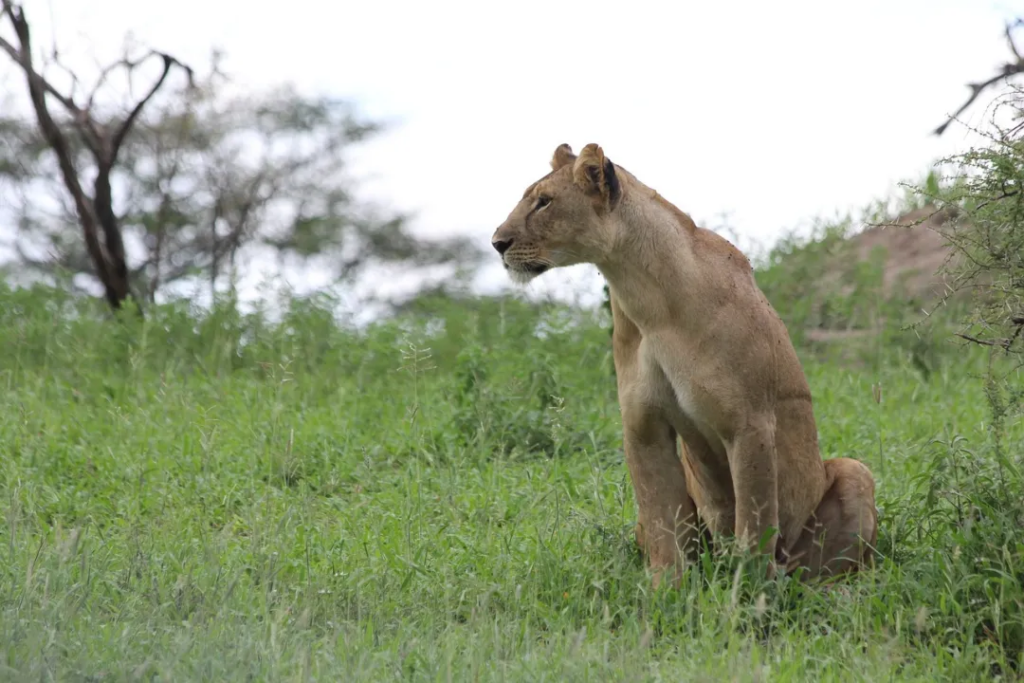
Lake Natron
Lake Natron, located on the border of Kenya, is known as the “Flamingo Nursery.” It’s one of the most unusual spots in Africa, attracting millions of flamingos, especially from June to November. The lake’s high alkaline levels make it dangerous to most animals, but it’s the perfect breeding ground for flamingos.
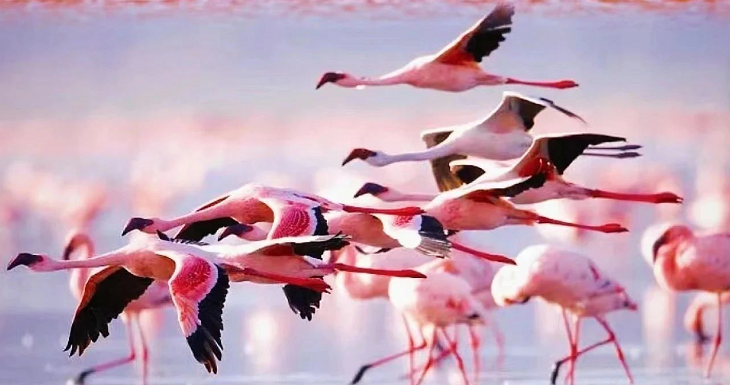
A helicopter tour of Lake Natron offers stunning views of the pink-colored waters and the flamingo flocks. It’s an extraordinary sight, but it comes at a high price, so only a few can experience it.
